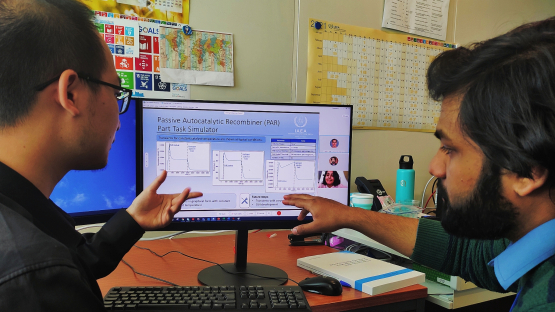The IAEA is launching a new Coordinated Research Project (CRP) to support Member States in thermal-hydraulics modelling, tools development and experimental studies applicable to the design of super-critical water cooled reactors (SCWRs). The CRP is part of IAEA efforts to support the development of advanced water cooled reactor (WCR) technologies by fostering information exchange and collaborative research and development (R&D) in reactor design, assessment and technical analysis.
Several conceptual SCWR designs have been developed to generate greater than 1000MWe in Canada, China, the European Union, Japan and the Russian Federation. In addition, development has been expanded to include the design of super-critical small modular reactors (SCSMRs) with a generating capacity of up to 350MWe, which can also be adopted as prototypes for reference SCWR designs.
SCWRs are advanced reactor concepts designed to operate in light water conditions beyond the critical point (i.e., 22.1MPa and 374°C), providing enhanced characteristics of higher efficiencies, better fuel utilization, lower cost and improved safety compared with typical light water reactors.
The CRP specifically aims to advance the design tools and models (system and sub-channel codes) supported by computational fluid dynamics modelling applied to the design of SCWRs prototypes based on improved knowledge and understanding of thermal-hydraulics related phenomena such as but not limited to heat transfer, hydraulic resistance, instabilities and corrosion effects. Achieving this scope will include development of new predication models and performance benchmarks on the specific phenomena.
The major goal of this CRP is to advance conceptual SCWR designs toward their prototyping and closing existing gaps in their thermal-hydraulic design.


